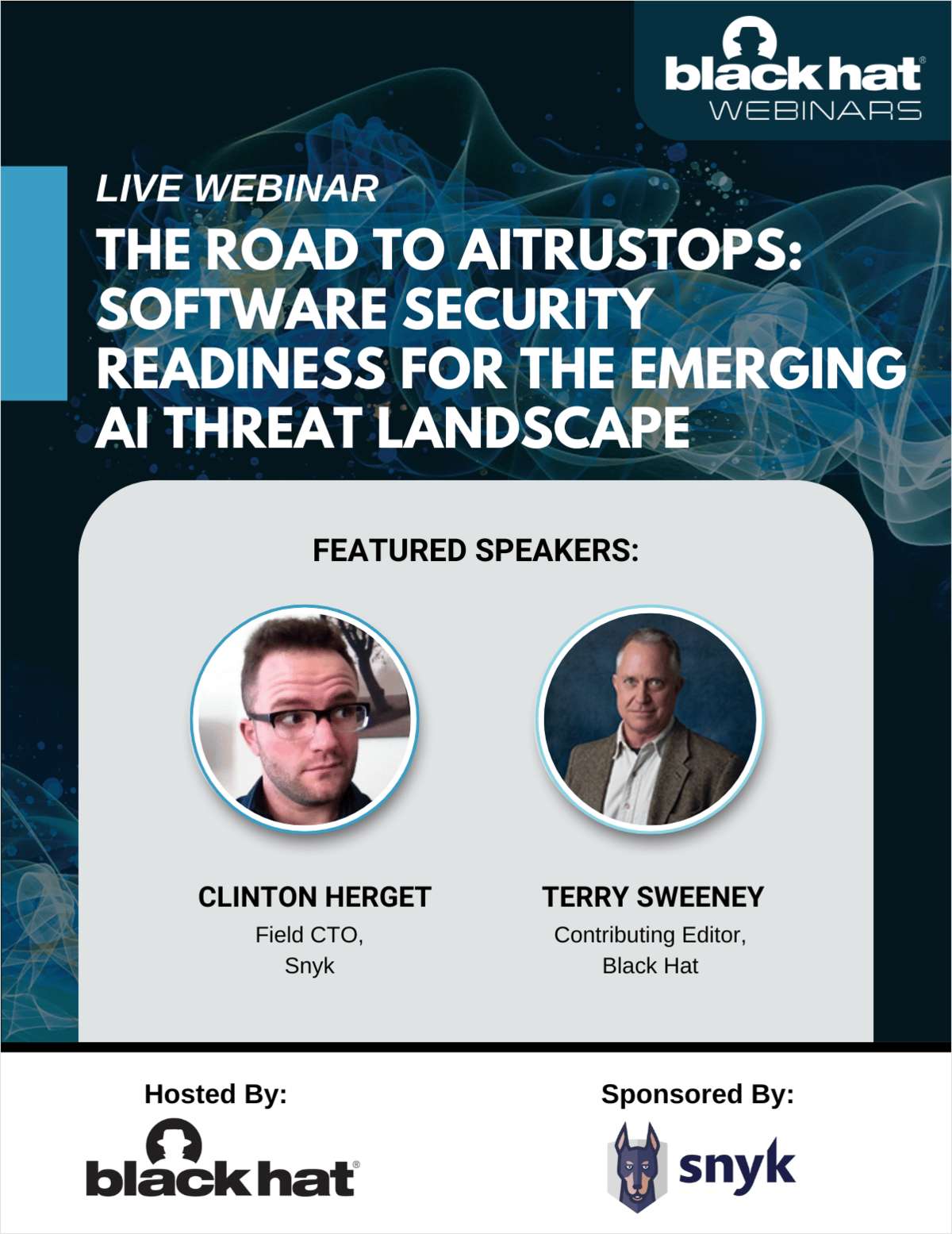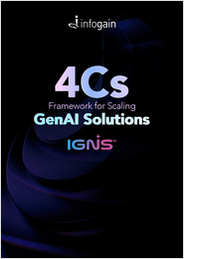- Information Technology
- Data Infrastructure
- Data Tools
- Desktops, Laptops and OS
- Chip Sets
- Collaboration Tools
- Desktop Systems - PCs
- Email Client
- Embedded Systems
- Hardware and Periferals
- Laptops
- Linux - Open Source
- Mac OS
- Memory Components
- Mobile Devices
- Presentation Software
- Processors
- Spreadsheets
- Thin Clients
- Upgrades and Migration
- Windows 7
- Windows Vista
- Windows XP
- Word Processing
- Workstations
- Enterprise Applications
- IT Infrastructure
- IT Management
- Networking and Communications
- Bluetooth
- DSL
- GPS
- GSM
- Industry Standard Protocols
- LAN - WAN
- Management
- Mobile - Wireless Communications
- Network
- Network Administration
- Network Design
- Network Disaster Recovery
- Network Interface Cards
- Network Operating Systems
- PBX
- RFID
- Scalability
- TCP - IP
- Telecom Hardware
- Telecom Regulation
- Telecom Services
- Telephony Architecture
- Unified Communications
- VPNs
- VoIP - IP Telephony
- Voice Mail
- WAP
- Wi-Fi (802.11)
- WiMAX (802.16)
- Wide Area Networks (WAN)
- Wireless Internet
- Wireless LAN
- Security
- Servers and Server OS
- Software and Web Development
- .Net Framework
- ASPs
- Application Development
- Application Servers
- Collaboration
- Component-Based
- Content Management
- E-Commerce - E-Business
- Enterprise Applications
- HTML
- IM
- IP Technologies
- Integration
- Internet
- Intranet
- J2EE
- Java
- Middleware
- Open Source
- Programming Languages
- Quality Assurance
- SAAS
- Service-Oriented Architecture (SOA)
- Software Engineering
- Software and Development
- Web Design
- Web Design and Development
- Web Development and Technology
- XML
- Storage
- Agriculture
- Automotive
- Career
- Construction
- Education
- Engineering
- Broadcast Engineering
- Chemical
- Civil and Environmental
- Control Engineering
- Design Engineering
- Electrical Engineering
- GIS
- General Engineering
- Industrial Engineering
- Manufacturing Engineering
- Materials Science
- Mechanical Engineering
- Medical Devices
- Photonics
- Power Engineering
- Process Engineering
- Test and Measurement
- Finance
- Food and Beverage
- Government
- Healthcare and Medical
- Human Resources
- Information Technology
- Data Infrastructure
- Data Tools
- Desktops, Laptops and OS
- Chip Sets
- Collaboration Tools
- Desktop Systems - PCs
- Email Client
- Embedded Systems
- Hardware and Periferals
- Laptops
- Linux - Open Source
- Mac OS
- Memory Components
- Mobile Devices
- Presentation Software
- Processors
- Spreadsheets
- Thin Clients
- Upgrades and Migration
- Windows 7
- Windows Vista
- Windows XP
- Word Processing
- Workstations
- Enterprise Applications
- IT Infrastructure
- IT Management
- Networking and Communications
- Bluetooth
- DSL
- GPS
- GSM
- Industry Standard Protocols
- LAN - WAN
- Management
- Mobile - Wireless Communications
- Network
- Network Administration
- Network Design
- Network Disaster Recovery
- Network Interface Cards
- Network Operating Systems
- PBX
- RFID
- Scalability
- TCP - IP
- Telecom Hardware
- Telecom Regulation
- Telecom Services
- Telephony Architecture
- Unified Communications
- VPNs
- VoIP - IP Telephony
- Voice Mail
- WAP
- Wi-Fi (802.11)
- WiMAX (802.16)
- Wide Area Networks (WAN)
- Wireless Internet
- Wireless LAN
- Security
- Servers and Server OS
- Software and Web Development
- .Net Framework
- ASPs
- Application Development
- Application Servers
- Collaboration
- Component-Based
- Content Management
- E-Commerce - E-Business
- Enterprise Applications
- HTML
- IM
- IP Technologies
- Integration
- Internet
- Intranet
- J2EE
- Java
- Middleware
- Open Source
- Programming Languages
- Quality Assurance
- SAAS
- Service-Oriented Architecture (SOA)
- Software Engineering
- Software and Development
- Web Design
- Web Design and Development
- Web Development and Technology
- XML
- Storage
- Life Sciences
- Lifestyle
- Management
- Manufacturing
- Marketing
- Meetings and Travel
- Multimedia
- Operations
- Retail
- Sales
- Trade/Professional Services
- Utility and Energy
- View All Topics
Share Your Content with Us
on TradePub.com for readers like you. LEARN MORE
Register for Your Free Webinar Now:
"The Road to AITrustOps: Software Security Readiness for the Emerging AI Threat Landscape"
Thursday, June 5, 2025 at 2 PM EDT
The craft of software engineering, and thus the organizational risk that accompanies building applications, is always evolving. From mainframes to web and mobile, waterfall to agile, monoliths to microservices, bare-metal to DevOps and cloud, the past several years have seen massive disruptions to the ways software is developed, and the security tools and processes needed to manage emerging threats have often lagged behind.
We are now in the midst of another generational shift in the way applications are created; this time away from human-centered software development and toward a new world of machine-generated code, large language models, prompt engineering, and AI agents writing and managing software autonomously. This new landscape includes an entirely novel set of attack vectors that the application security practices of yesterday are not equipped to handle.
Just as the methodology of DevSecOps evolved to manage the new risks of DevOps-oriented software practice, a new framework is needed to identify, prioritize, remediate and manage the new classes of vulnerabilities being introduced rapidly into AI-native applications.
Join Snyk, the leader in Developer Security and AI Trust, as we…
- Review the novel risks posed by AI-native software, and why existing application security testing tools and processes are not up to the task.
- Understand how roles and responsibilities are evolving quickly, and what it means for security that building software no longer requires knowledge of writing code.
- Discuss the ideal workflows for managing software risk in an agent-centric, machine-first SDLC.
Speakers:
Clinton Herget, Field CTO, Snyk
Clinton Herget is Field CTO at Snyk, the leader in Developer Security, where he focuses on crafting and evangelizing our strategic vision for the evolution of DevSecOps. A seasoned technologist, Clinton spent his 20-year career prior to Snyk as a web software developer, DevOps consultant, cloud solutions architect, and engineering director. Clinton is passionate about empowering software engineers to do their best work in the chaotic cloud-native world, and is a frequent conference speaker, developer advocate, and technical thought leader.
Moderator:
Terry Sweeney, Contributing Editor, Black Hat
Offered Free by: Snyk
See All Resources from: Snyk
Thank you
This download should complete shortly. If the resource doesn't automatically download, please, click here.






